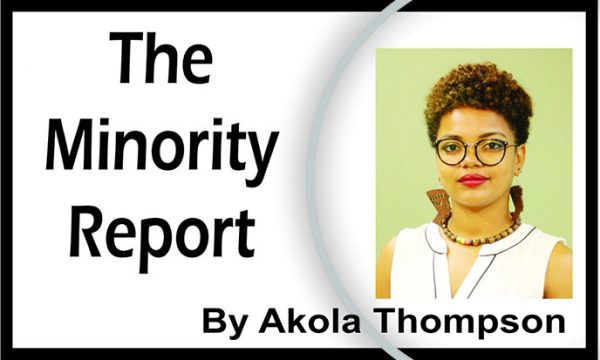
Many continue to see Gender Based Violence (GBV) as being violence against and between women and men. It is however, way more nuanced than that, and refers to violence perpetrated against someone based on their gender. This violence includes but is not limited to, physical, economic, and mental abuse. It addresses intimate partner violence, violence in same sex relationships, violence against women, men and children. Because of the gendered way in which we continue to view abuse however, there are limited responses towards that which does not fit the set narrative.
Women and girls have been cemented as the most vulnerable to violence across contexts, but it is important to recognize the violence that is also perpetrated against boys especially because it is driven by the very same patriarchal factors. The expectations for girls to be quiet and accepting vs. the expectation for boys to be resilient and aggressive is driven by the same beliefs that centers control and violence over others. This is why when it comes to female perpetrators of abuse, particularly of the sexual and physical forms, there is a belief that it is not something that happens. Even if there is an acknowledgement of it, often, it is framed as either being amusing, especially if the survivor is a male. There are many adult men who will regale you of stories of when they were just a young boy and had their first sexual contact with a much older girl or woman. They believe these experiences to be badges of honour – an indication of their masculinity, without recognizing that what they experienced was abuse and would have impacted their psyche and approach to relationships in a lot of undiscovered ways.
Violence is not inherent in anyone, but it is something that is modelled to many from a young age, which can often result in transference of violence if it is that survivors do not get the type of help and support that they need. This is why early intervention is so key, and why we need to promote an environment where persons who have experienced violence feel safe and comfortable enough to seek help such as therapy, and legal redress. Much more needs to be done in the area of police response toward GBV though. Despite all the trainings, sensitization sessions, and units, the overwhelming response remains one of belittlement, disbelief and ridicule towards survivors. This of course makes others very reluctant to go the legal route of making a report given how re-traumatizing the experience can be. It does not help that prosecution rates for GBV remain dismally low.
Our society is one in which women and children are seen as “others,” and not deserving of the respect and rights of humans. This is also true for other vulnerable groups such as LGBT+ persons, and these beliefs shape everything from our responses to violence, to the systems that uphold it. Addressing violence means recognizing the individual and collective ways that it harms persons of all genders across various social isms such as race and class. Acknowledging that it is not bound to one subset, even while certain groups are certainly more vulnerable, will help to shape our responses and attitudes towards the violence that is around us.





